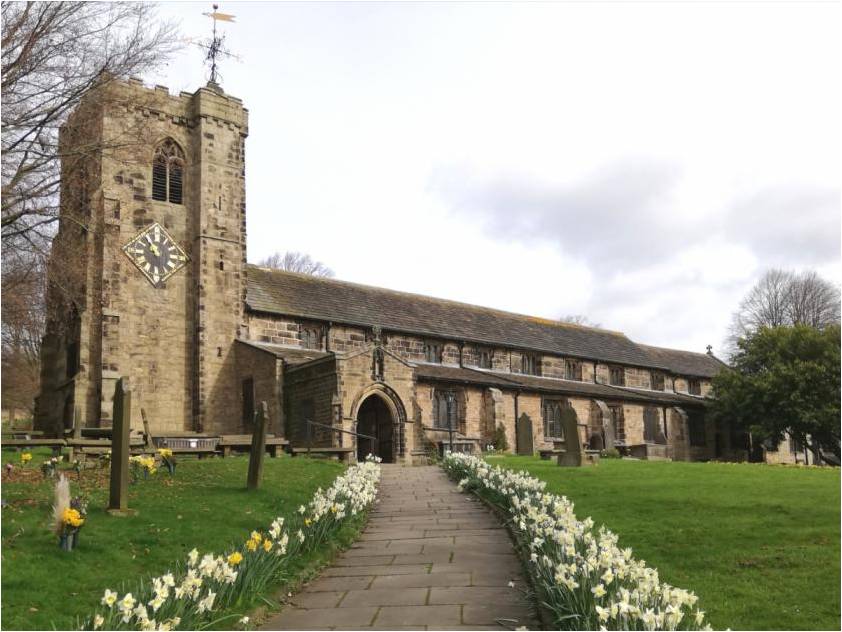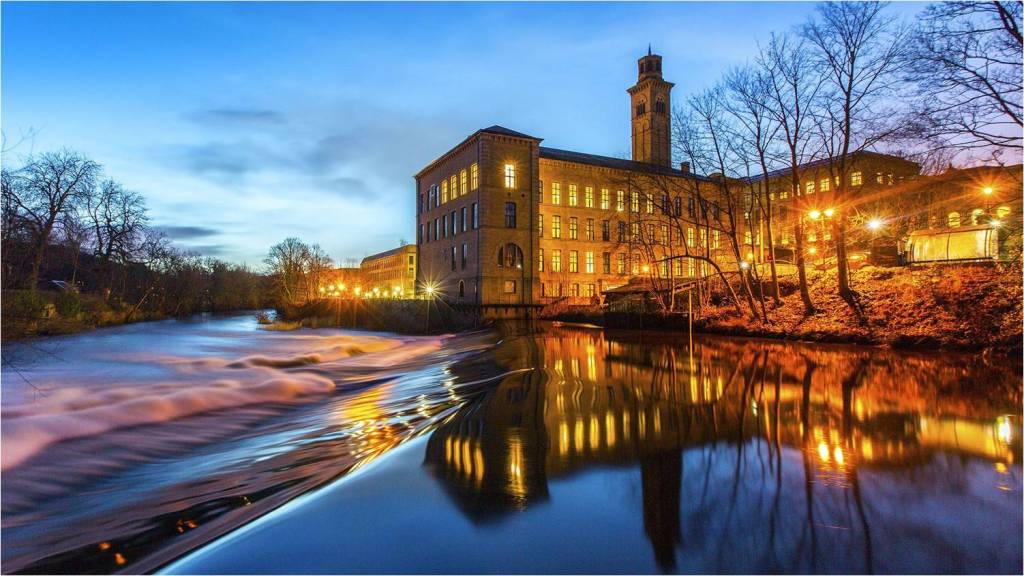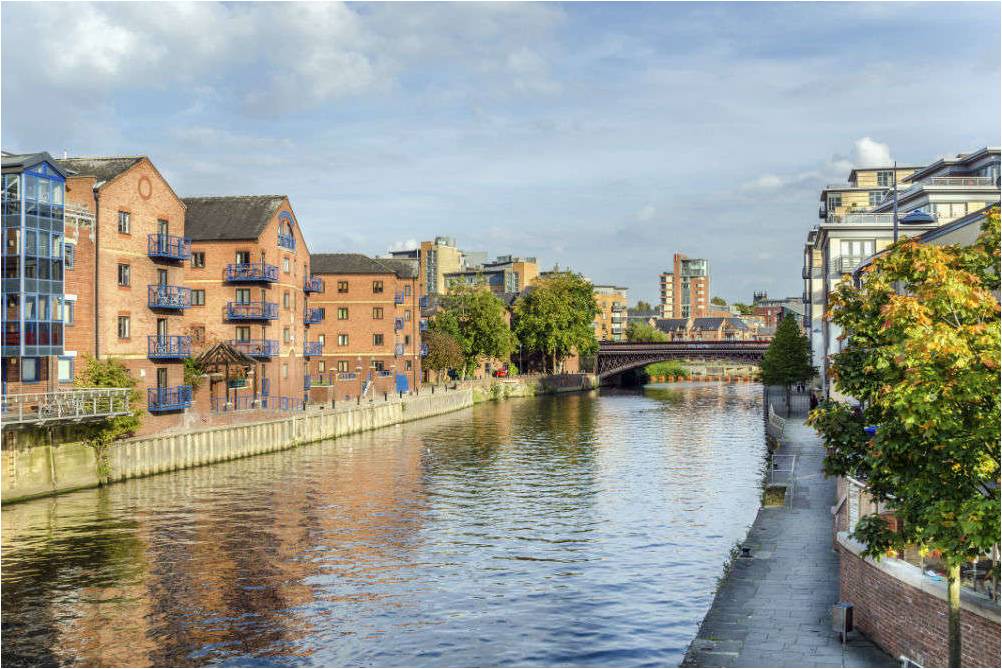As sometimes happens on holidays, our first full day in Germany turned out a bit differently from what had originally been planned. We were supposed to be going to visit the Christmas markets in Bonn, but when we’d arrived at the hotel the previous day, our driver had found out that, for some reason, they were opening a few days later than usual.

This gave us two choices. Either we could go to Bonn, miss the Christmas markets, and go sight-seeing instead – or we could make the longer journey to Cologne, where the markets were already in full swing, and have a brief stop at Koblenz on the way. And, as everyone decided that Cologne sounded like the better option, that’s the one we went for.

The first part of our journey took us back alongside the river Rhine on part of the journey we’d done in the late afternoon of the previous day. Then it had been nearly dark and we’d not been able to see much other than the lights of the boats reflecting back from the water. But this time it was bright daylight and I was totally amazed at how wide the river Rhine was at that point.


In fact, I think it was the widest river I’d ever seen at that time and I got my mum to tell me more about it.
First she told me that, as well as being very wide, the river Rhine was also very long, flowing 766 miles/1233 kilometres from its source in Switzerland to the North Sea in the Netherlands.

I was really impressed with this as the river Aire, which is the longest river in Yorkshire and is just across the valley from where me and Mum live, only travels 92 miles/148 kilometres from its source near Malham in the Yorkshire Dales…
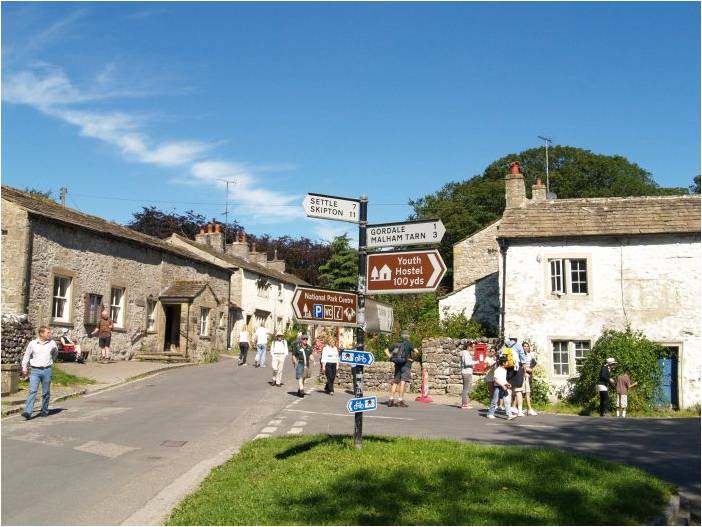

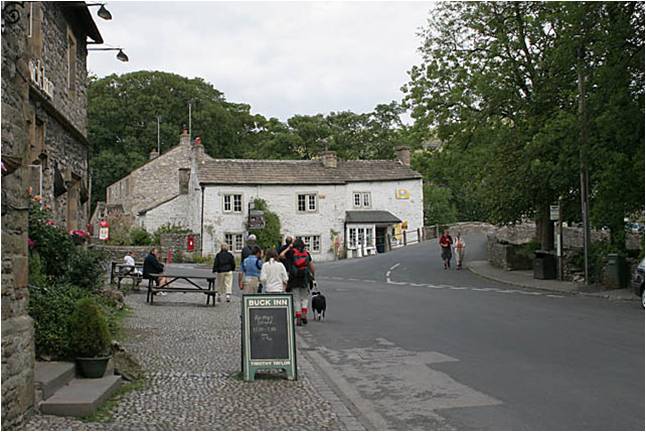

to its meeting with the river Ouse at Airmyn near Goole…
But on its way, it passes some interesting places, including Gargrave, Skipton, Kildwick, Keighley, Bingley, Saltaire, Kirkstall Abbey, Leeds and Castleford.
Then, to my surprise, Mum told me that the river Rhine wasn’t the longest river in Europe. Instead that honour goes to the river Danube which flows through 10 countries on its 1770 mile/2850 kilometre journey from its source in the Black Forest in Germany to its delta in Romania and Ukraine on the Black Sea.

And then she surprised me even more by telling me that, although the Danube and the Rhine are the two longest rivers which are totally within Europe, there is an even longer river which starts in Europe but flows into another continent. This is the river Volga which has its source in the Valdai Hills, between St Petersburg and Moscow in Russia…

…and flows for 2325 miles/4740 kilometres from there to the city of Astrakhan on the Caspian Sea. And, although this is still in Russia, it’s in the part of that vast country which is in Asia.
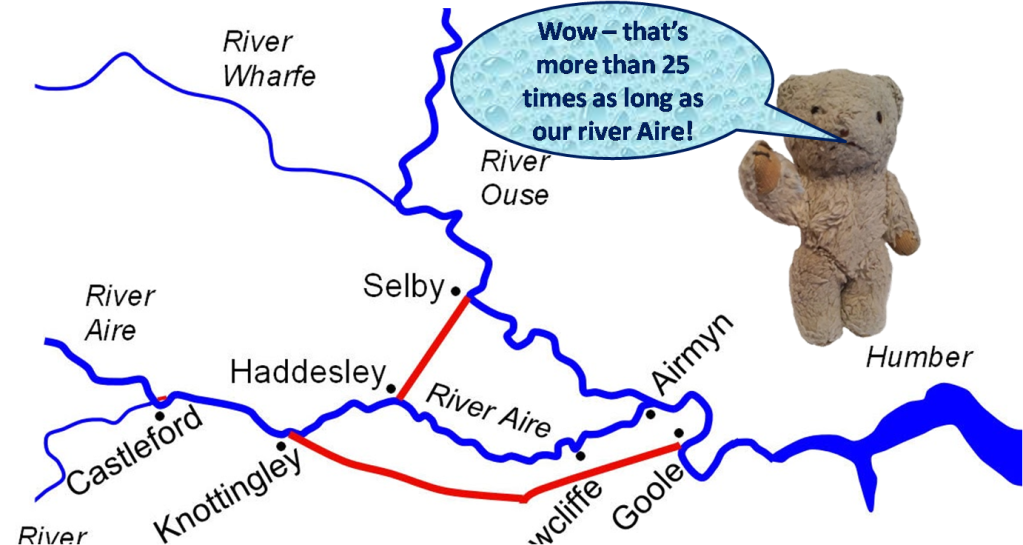
Now as you’ll know from some of my earlier posts, I quite like facts and figures – even if I can’t always remember them properly! – and so I found all that information very interesting. But what I found even more interesting was that all three of these rivers had been trade routes for many centuries and still continued to be so.
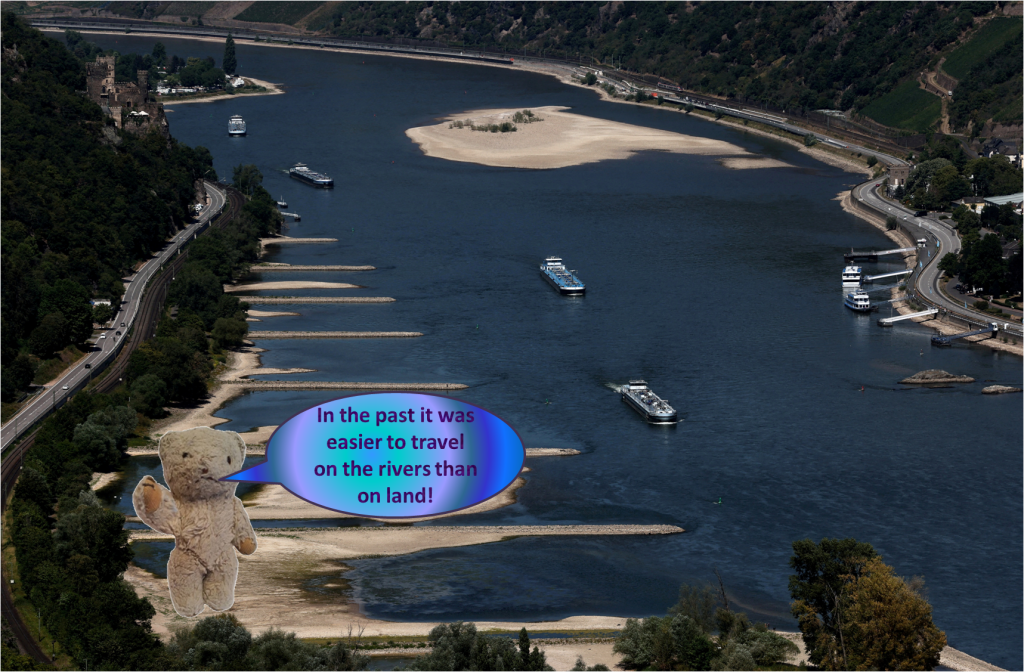
With its direct connection to the North Sea, the Rhine was especially busy and, as our coach drove alongside it, I just loved watching the big barges going carefully upstream and down.
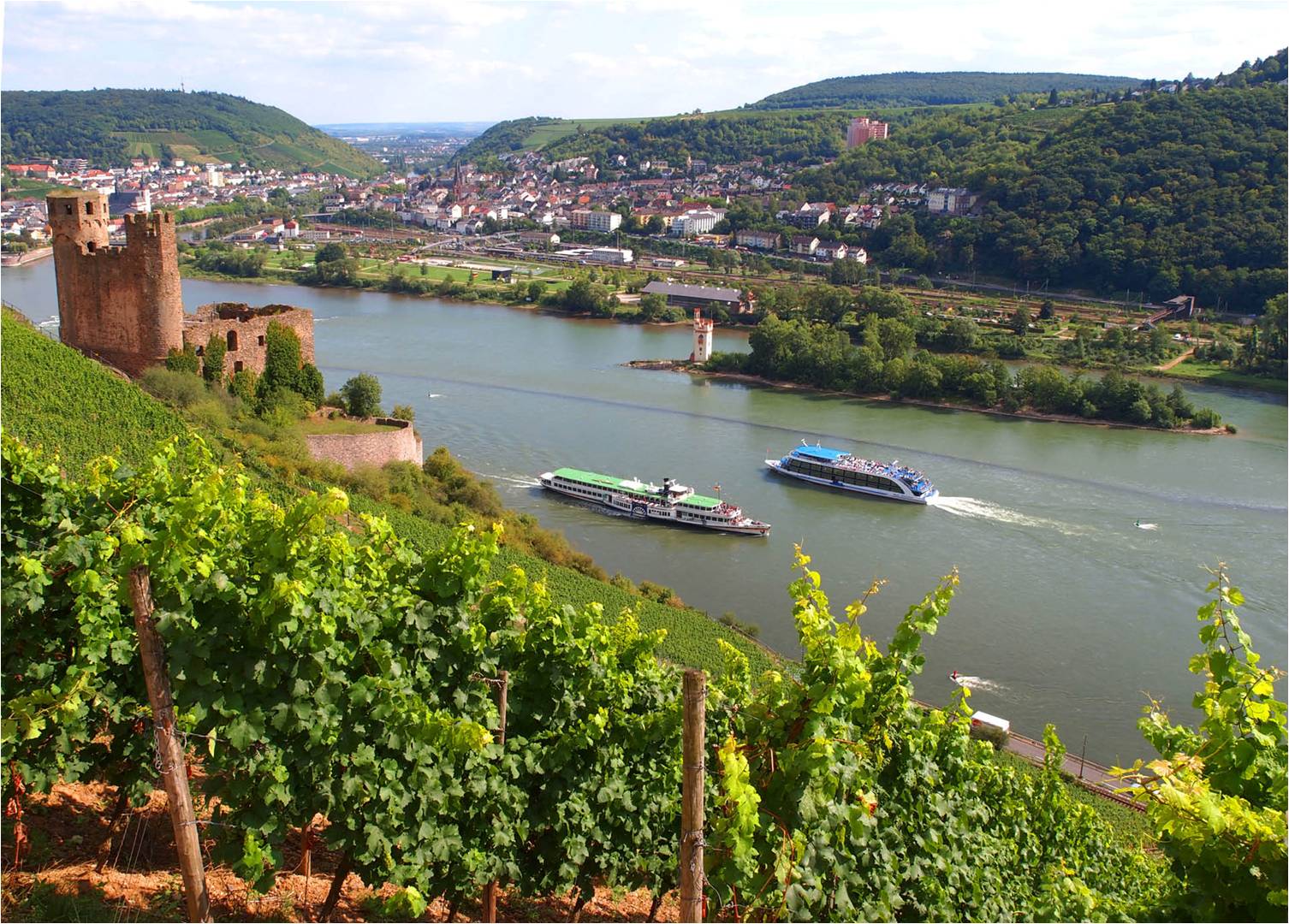



Even though they were working vessels, they were all so neat and tidy, because not only were they carrying heavy loads of freight from one place to another, but also they were homes to the people who owned and travelled on them. Many had push-bikes on deck and some even had cars, so that they could get around easily when they reached their destination and were waiting to pick up their next load.
What I liked best, however, were the guard dogs which lived on board nearly every barge. Most of them were Schipperke, a Flemish word which means Little Boatman or Little Captain.
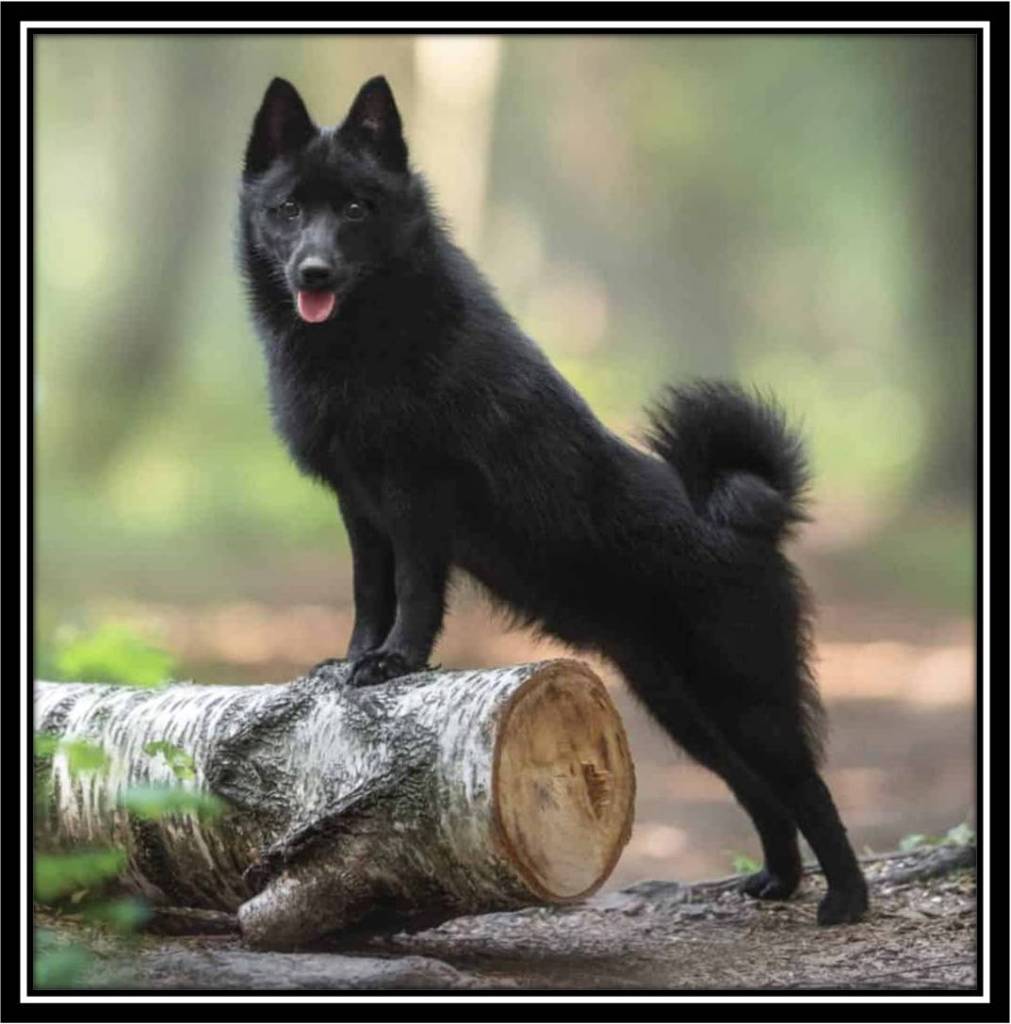
Mum said they’re also known as Belgian Barge Dogs, an old breed which had its origins in Belgium in the 17th century when a similar black dog called a Leuvenaar was used to guard flocks of sheep and goods in transit. But Leuvenaars were much bigger dogs, weighing around 40 lbs/18 kilos, and a law from earlier times said that only the aristocracy could own big dogs.

So, because the Leuvenaar was such a good working dog, people who weren’t aristocracy found a way around this by managing to breed a smaller version of the Leuvenaar, which became known as the Schipperke. Weighing from 7lb/3 kilos to 20lb/9 kilos, the Schipperke has lovely sticky-up ears and a sharp nose. It also has a double coat – which is nearly always black – with longish hair on top and a ruff around its neck, rather like a lion’s mane.
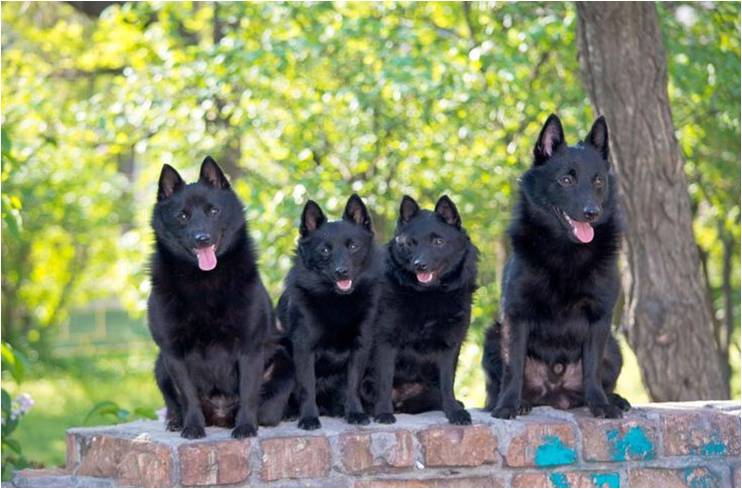

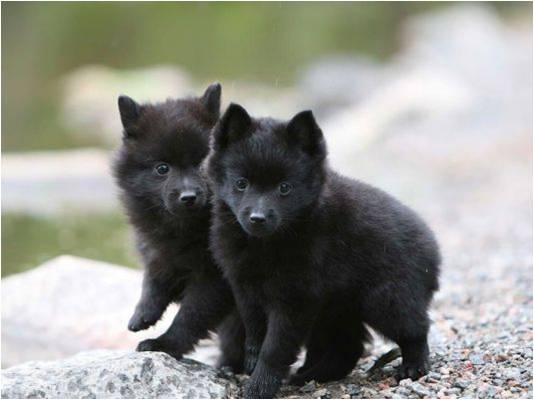
As well as being good guard dogs, Schipperkes are also known for being good ratters and can keep down any vermin that sneaks on board their barge…
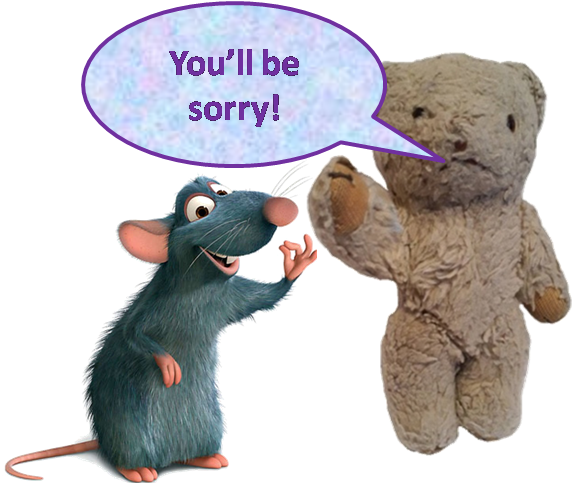
And with that I think I’ve written enough for today, so take care and stay safe – and look out for some more tales from me soon!
Follow my next blog: 283. MY MUM THE STORY-TELLER – PART ONE HUNDRED AND FIFTY-SEVEN
19/10/2023



